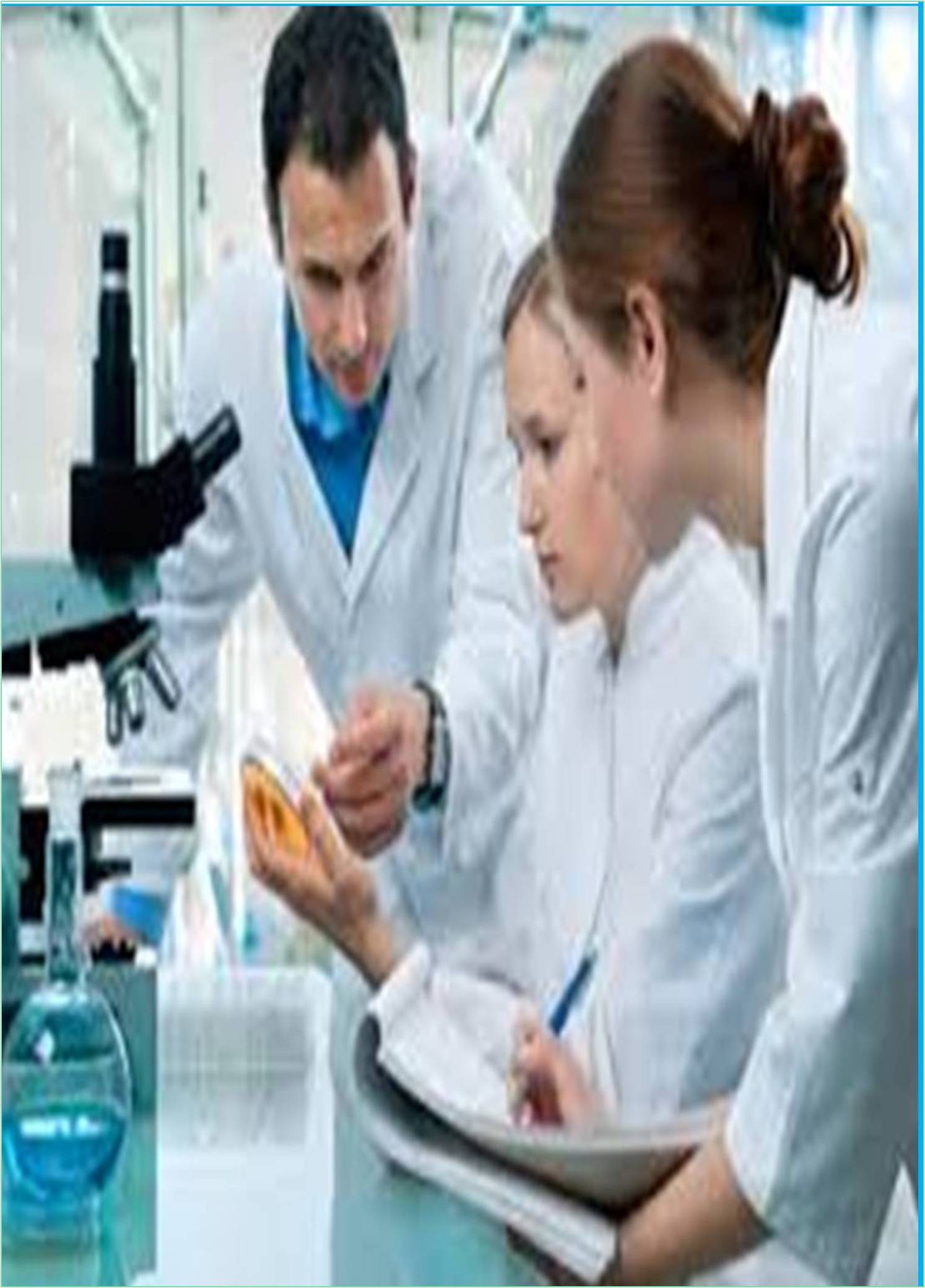



Received: 02-Feb-2022, Manuscript No. GJBBR-22-59477; Editor assigned: 04-Feb-2022, Pre QC No. GJBBR-22-59477(PQ); Reviewed: 18-Feb-2022, QC No. GJBBR-22-59477; Revised: 25-Feb-2022, Manuscript No. GJBBR-22-59477(R); Published: 02-Mar-2022, DOI: 10.15651/2504-001X.22.10.010
The dysfunctional immune response is an important factor in the progression of coronavirus disease 2019 (COVID19) from mild to severe stages and pro-inflammatory macrophages are one of the major mediators of pulmonary hyper inflammation. Therefore, there is an urgent need to better understand the interactions between SARSCoV2 permissive cells, macrophages, and SARSCoV2 virus, thereby gaining important insights into new therapeutic strategies. Here, we used human pluripotent stem cell (hPSC) differentiation induction to establish a co-culture system for lungs and macrophages and model host-pathogen interactions and immune responses induced by SARSCoV2 infection.
Among the hPSC-derived lung cells, type II alveolar cells and cilia are the major cell populations expressing the viral receptors ACE2 and co-effector TMPRSS2, both of which were highly resistant to viral infection. We have found that alternating polarized macrophages (M2) and classically polarized macrophages (M1) have similar inhibitory effects on SARSCoV2 infection. However, only M1 macrophages significantly up regulate inflammatory factors such as IL6 and IL18, inhibit lung cell proliferation, and promote apoptosis. Inhibiting viral entry into target cells using ACE2 blocking antibodies enhanced M2 macrophage activity, resulting in near-complete viral clearance and lung cell protection. These results show that M2 macrophages block the virus from entering target cells, while at the same time boosting the anti-inflammatory effect of macrophages in the early stages of infection, preserving lung cells and inhibiting the activity evoked by M1. Since SARSCoV2 can be eliminated, it suggests a potential treatment strategy. Mediated dysfunctional hyper inflammatory response.
Severe Acute Respiratory Syndrome Coronavirus 2 (SARSCoV-2) infection has already caused more than 5.4 million cases of coronavirus disease 2019 (COVID-19) internationally. Most COVID-19 patients present with mild to moderate symptoms of fever, dry cough, malaise, and diarrhea, but about 15% of confirmed cases have severe pneumonia and acute respiratory distress syndrome (ARDS) or progresses to multiple organ failure. Progression from mild to severe disease or death is primarily due to a dysfunctional immune response along with viral damage to target cells. A complete understanding of the immunological characteristics caused by SARSCoV-2 in the absence of effective vaccines and medicines is important for studying the pathological biology of the virus and the development of treatments.
The innate immune response, primarily mediated by macrophages or granulocytes, in response to tissue damage caused by SARSCoV-2 infection, is an acute respiratory distress characterized by rapid onset of widespread inflammation of the lungs and subsequent respiratory failure. May contribute to syndrome (ARDS), the study of COVID-19 patient samples confirmed the correlation between macrophages and disease, and in severe cases strong pro-inflammatory macrophages in tissue samples from the distal lung region with high levels of the inflammatory cytokine IL-6. Next, a co-culture model of macrophages and lung cells was applied in combination with single-cell transcriptomics to study differences in immune response among anti-inflammatory macrophages after SARSCoV-2 infection.
The immune response elicited by SARSCoV-2 infection can be clinically divided into two stages. The first stage of protection based on immune defense and the second stage of injury due to inflammation. By strengthening the immune response in the first stage of virus incubation and suppressing the immune response in the second stage, the virus can be eliminated and the disease can be prevented.